Women Find Beards Attractive? Look At What We Stubbled Across!
The DP2 Psychology class wrote interesting articles about various psychological phenomena and studies, just like a psychology magazine. This article explores the relationship between beards and attractiveness of men. Check it out!
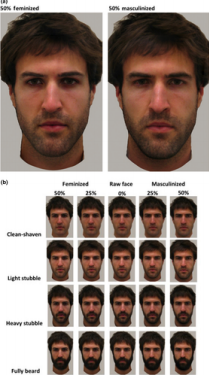
Facial hair has always been a controversial topic amongst men. Do you keep the forest of hair on your face for all to see, or do you pick up the razor? Which one is more convenient, and more importantly, which one do the ladies find more attractive? Psychology once again has an answer to the question that everybody has on their mind. A recent study by Dixson et al. provides surprising insight into what the ladies are actually into.
The study is based on an evolutionary perspective on the biological factors of female attraction. Attraction is defined as a quality or physical feature that instigates an interest or desirability in another person. The reason behind female attraction towards men with beards can be assumed to be rooted in evolutionary behavior. According to Buss, “females appear to be maximizing their reproductive success by seeking resources for self and offspring, and an older male (beard) will have more financial stability and will be able to provide better for this offspring than someone younger and less experienced.”
We asked a fellow student, who had an experience with beards, what his perception of beards was. His reply was, “I feel nothing towards it, it is just another part of my body. In fact, I don’t like beards, but they grew on me. However, it is annoying keeping the waves of women at bay.” This was clear evidence of the student having the experience we were seeking. We questioned him further, probing him for his reason for keeping a beard. The answer? “Laziness.”
Could ignoring the topic of beards altogether improve this student’s social life? After further investigation, we discovered that this student felt the impact of his beard himself. I couldn’t stop myself from asking, “Has anything ever made you consider shaving?” The answer shook me to my very core: “The internal conflict within me rages even at this moment. Do I pick up the blade, exerting more effort than I have ever before, in all of my lifetimes, or do I simply endure the mobs of those in possession of XY chromosomes? Truly, one of the greatest inquiries postulated in our tis.”
One final question that I had for the student was: would the student recommend that others keep a beard? His reply, no, raised more questions than it answered. In order to find an answer for all these questions, I turned to science and the Dixson et al. study:
Procedure: Data for the experiment was collected online, using a questionnaire on a website. Women between the ages of 18 and 100 were used as participants, stemming from European descent.
The participants were divided into 3 conditions:
1. Rated faces for sexual attraction for a short term sexual relationship (One-night stands, one date)
2. Rated faces for sexual attraction for a long term sexual relationship (Marriage, moving in together)
3. Rated faces for sexual attractiveness without stating the length of the relationship
All participants rated the “attraction” of 16 faces using the Likert scale of 0 to 10 (0 = very low, 10 = very high). These faces were drawn randomly without replacement and manipulated using a computer software program. There were four foundation faces: clean‐shaven, light stubble, heavy stubble, and full beard; and these were then morphed through the software to create additional images: two with masculinity increased by 25% and 50% and two with femininity increased by 25% and 50%, resulting in 25 total faces. Increases in masculinity resulted in narrower eyes, thicker and straighter brows, less pronounced cheekbones, a narrower mouth, and a larger jaw and chin, with the opposite changes accompanying feminization.
Results: The ratings the women gave for attractiveness varied significantly depending on the fixed effects.
Non-manipulated faces were found more attractive than 25% manipulations, which were found more attractive than 50% manipulations. Heavy stubble was rated as being most attractive, followed by light stubble. Full beards and clean‐shaven faces were found least attractive of all.
Light and heavy stubble were rated higher for than full beards and clean‐shaven faces in a short-term relationship (condition 1). Full beards and faces with stubble received higher ratings than clean‐shaven faces for both long‐term than short‐term relationships.
One strength of this study was that it was a highly controlled experiment conducted in a lab. This increased the likelihood of the independent variable (the appearance of the faces) impacting the dependent variable (the women’s attraction to the faces). External variables were controlled, making it less likely for other factors influencing the results of the study.
However, one limitation of this study was that the way that the masculinity and femininity of the face were changed was very artificial. The more masculine/feminine faces were given lower ratings, but this could have just been the participants rating more artificial faces lower compared to more natural faces. As a result, the ratings could have been affected by factors other than the attraction of beards. Another limitation was that the participants only judged faces of European descent, meaning that the results of the study cannot be generalized to faces of other races/ethnicities.
So, do chicks dig hairy faces? Well, kinda. The results of the Dixson et al. study demonstrated how a heavy stubble on an equally masculine and feminine face was found the most attractive on average across all conditions. This supports the idea that a beard may be a sign of attractiveness, yet the reason behind this finding is still to be discovered. New research, such as the Janiff et al. study in 2014, is constantly being done to investigate how cultural dynamics affect the attractive value of facial hair, hopefully giving further insight into the cultural mechanisms of attraction.




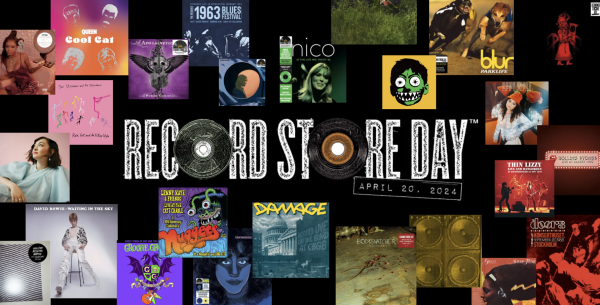

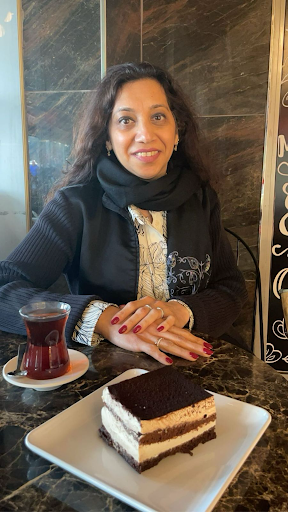
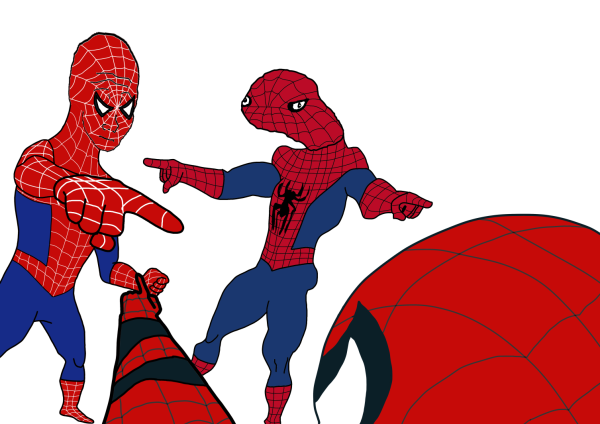
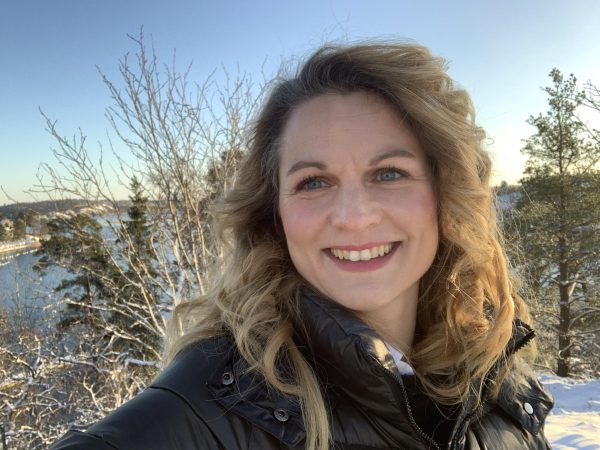

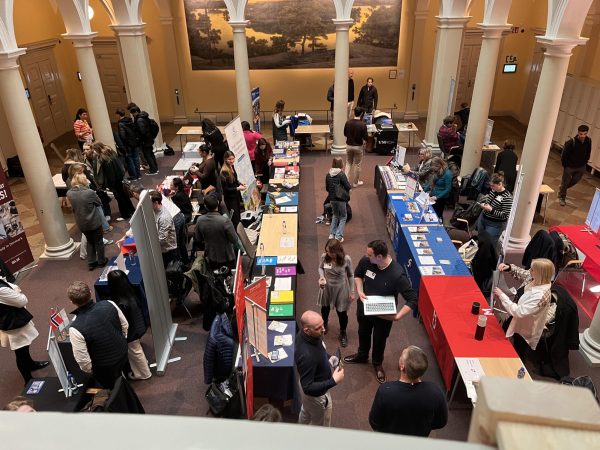

Kavan Gandhi • Mar 29, 2021 at 17:45
Where is my feature!? This is my title!